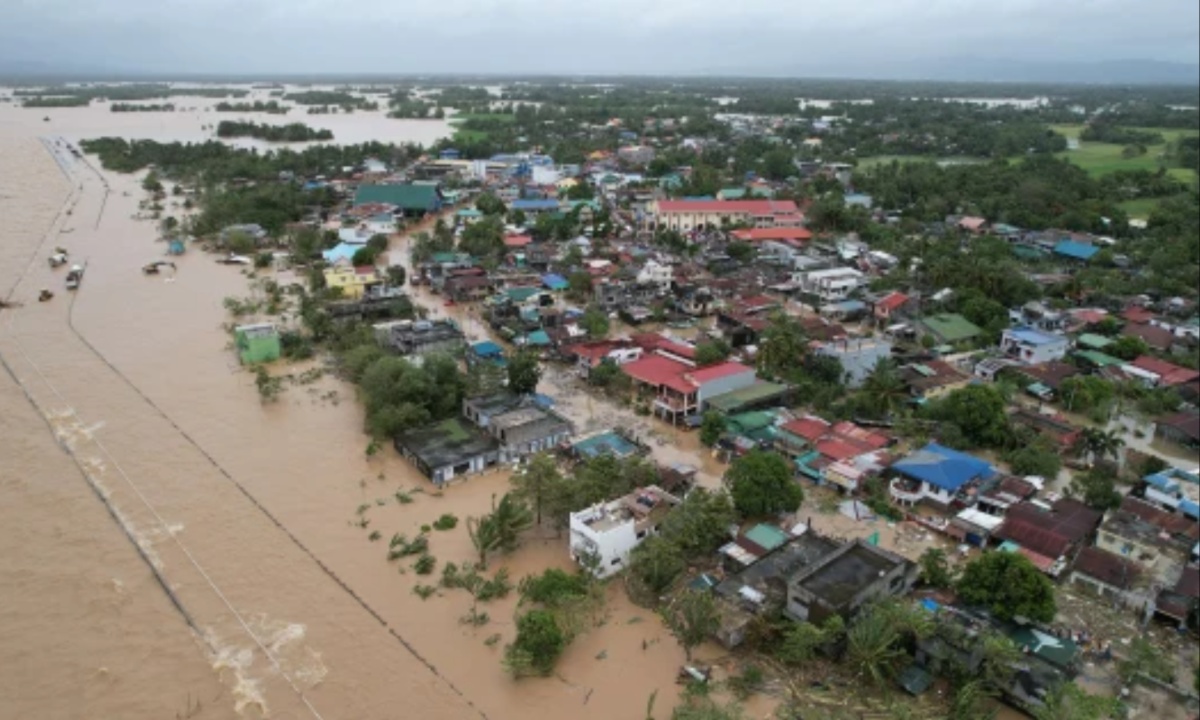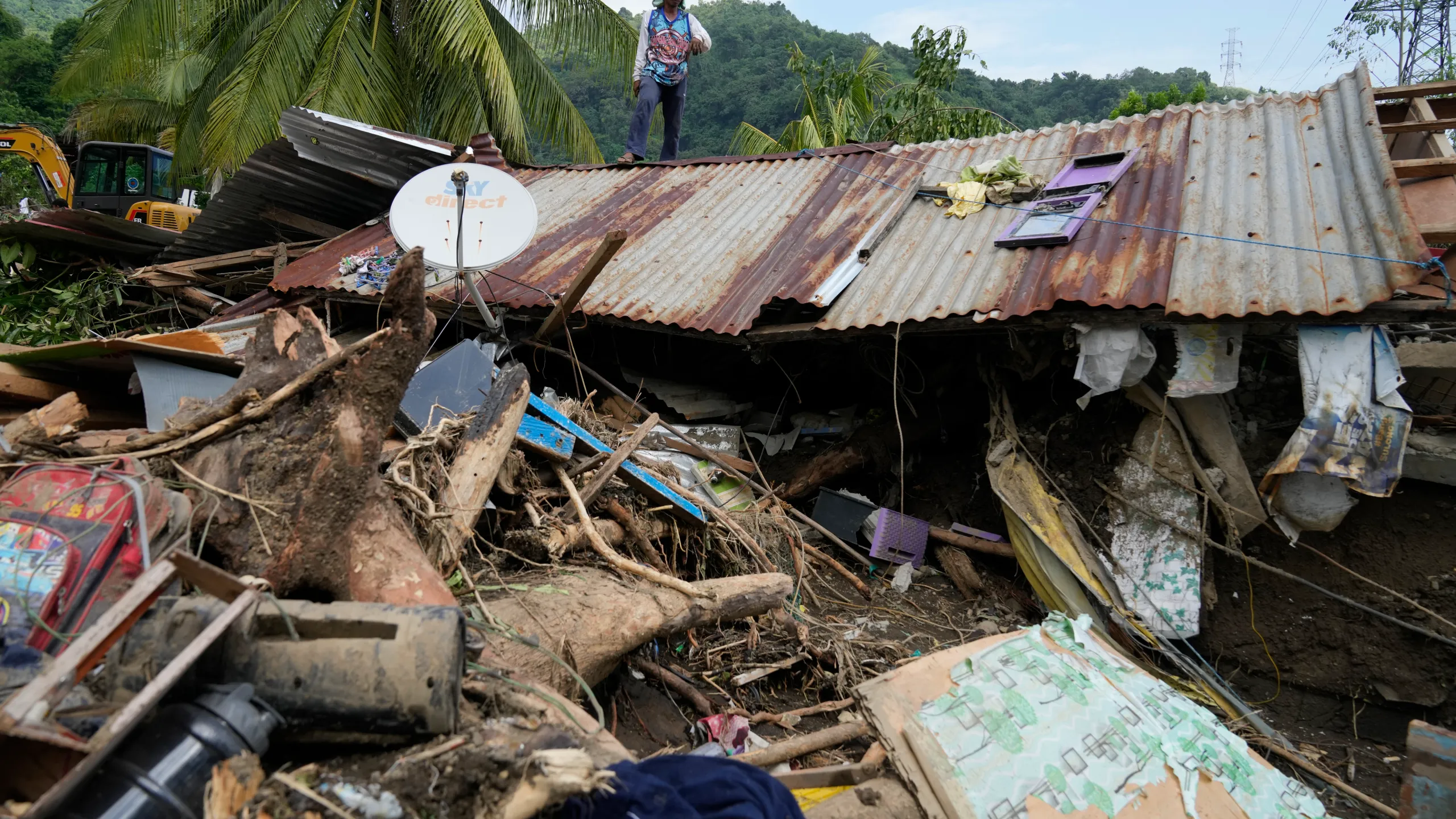Tropical Storm Trami has caused catastrophic flooding and landslides in the Philippines, leading to nearly 130 reported dead and missing. The storm, which moved away from the northwestern region of the archipelago, has been categorized as one of the deadliest storms of the year, with the government’s disaster-response agency reporting at least 85 confirmed fatalities and 41 individuals still unaccounted for. The death toll is expected to increase as rescuers access remote areas previously cut off by the disaster.
Emergency response teams, including police and firefighters, have been working tirelessly to locate the missing, employing heavy machinery and search dogs. One particularly tragic moment involved a father who awaited news about his 14-year-old daughter.
As rescuers recovered a body believed to be hers, he was overwhelmed with grief, illustrating the personal toll of the disaster. In Talisay, a local gym served as a temporary morgue, where numerous coffins were lined up, containing the remains of those who perished when mud, boulders, and trees cascaded down from a nearby ridge.

Philippines Faces Tragedy as Tropical Storm Trami Brings Deadly Floods and Landslides
President Ferdinand Marcos visited the areas affected by the storm and highlighted the unprecedented volume of rainfall that exacerbated the flooding. He noted that certain locations received the equivalent of one to two months’ worth of rainfall within a single day, overwhelming existing flood control measures. The president emphasized that rescue efforts were ongoing and acknowledged that many regions remained inaccessible due to severe flooding.
As the storm’s impact unfolded, it was reported that more than 5 million people were directly affected, with almost half a million individuals taking refuge in over 6,300 emergency shelters across various provinces.
Marcos convened an emergency Cabinet meeting to address the situation and voiced concerns about the storm’s trajectory, which might lead it back toward the Philippines after impacting Vietnam. The government has taken precautionary measures, including shutting down schools and government offices and suspending ferry services to ensure public safety.
Historically, the Philippines experiences an average of 20 storms and typhoons each year due to its geographical location between the Pacific Ocean and the South China Sea. The country has faced severe storms in the past, such as Typhoon Haiyan in 2013, which resulted in over 7,300 deaths.
Marcos’s administration plans to develop improved flood control infrastructure to mitigate future disasters, particularly in light of climate change and the increasing severity of such storms.











































